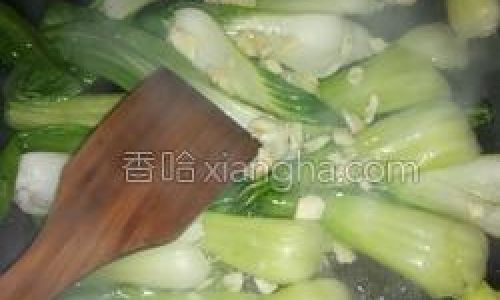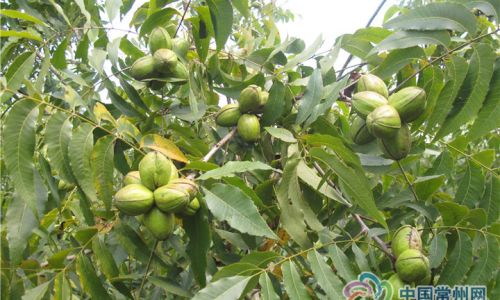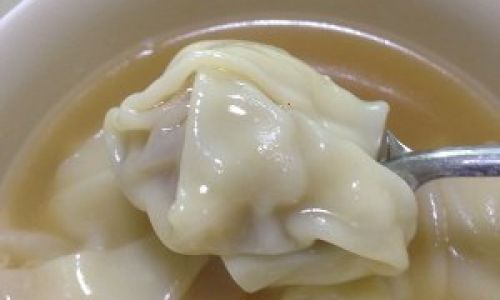Table of content
Stir-fried bok choy, a staple in many Asian cuisines, is a dish that marries simplicity with explosive flavor. This vibrant green vegetable, also known as Chinese cabbage, transforms into a crispy, tender delight when cooked with the right technique. Whether you’re a seasoned home cook or a novice in the kitchen, mastering this recipe will add a nutritious and delicious side dish to your repertoire. Below, we’ll explore the art of stir-frying bok choy, from selecting the freshest ingredients to achieving that perfect balance of texture and taste.

The Allure of Stir-Fried Bok Choy
Bok choy’s mild, slightly sweet flavor and crunchy stems make it a versatile canvas for bold seasonings. When stir-fried, it retains its bright color and a satisfying crispness, while absorbing the richness of garlic, ginger, and soy-based sauces. Beyond its culinary appeal, bok choy is a nutritional powerhouse, packed with vitamins A, C, and K, as well as fiber and antioxidants. This dish is not only a treat for the palate but also a boost for overall health.
Ingredients You’ll Need
Creating the ideal stir-fried bok choy requires minimal ingredients, but each plays a crucial role. Here’s what you’ll gather:
- Bok Choy (1 pound/450 grams): Choose fresh, crisp heads with vibrant green leaves and firm, white stems. Avoid wilted or yellowing leaves.
- Garlic (4 cloves): Minced garlic adds a pungent, aromatic base.
- Ginger (1-inch piece): Freshly grated ginger imparts a warm, slightly spicy kick.
- Cooking Oil (2 tablespoons): Use a neutral oil with a high smoke point, such as vegetable or peanut oil.
- Soy Sauce (1 tablespoon): For umami depth.
- Oyster Sauce (1 teaspoon, optional): Enhances richness (substitute with vegetarian oyster sauce for a vegan version).
- Sesame Oil (1/2 teaspoon): A finishing touch for nutty aroma.
- Sugar (1/4 teaspoon): Balances the savory notes.
- Cornstarch (1/2 teaspoon): Mixed with water to thicken the sauce.
- Water (2 tablespoons): For the cornstarch slurry.
- White Pepper (a pinch): Optional, for subtle heat.
Step-by-Step Preparation
Prepping the Bok Choy
- Wash Thoroughly: Separate the bok choy leaves and rinse them under cold water to remove dirt. Pay special attention to the base of the stems, where grit often hides.
- Dry Completely: Pat the leaves dry with a clean kitchen towel or use a salad spinner. Excess moisture will steam the vegetable instead of stir-frying it, resulting in a soggy texture.
- Cut Uniformly: Slice the bok choy into bite-sized pieces. For even cooking, separate the stems from the leaves. The stems take slightly longer to cook, so adding them a few seconds before the leaves ensures consistency.
Preparing the Aromatics and Sauce
- Mince the Garlic and Ginger: Finely chop the garlic and grate the ginger. Set them aside in separate bowls to prevent burning during cooking.
- Mix the Sauce: In a small bowl, combine soy sauce, oyster sauce (if using), sugar, and white pepper. Stir until the sugar dissolves.
- Create a Cornstarch Slurry: Dissolve the cornstarch in water to create a smooth mixture. This will thicken the sauce and help it cling to the bok choy.
Stir-Frying Technique: The Key to Crispy Perfection
Stir-frying is a high-heat, quick-cooking method that sears the vegetable’s exterior while preserving its crunch. Here’s how to execute it flawlessly:
- Heat the Wok or Skillet: Place your wok or largest skillet over high heat. Allow it to become scorching hot—this is non-negotiable for achieving a proper sear.
- Add Oil and Aromatics: Swirl the cooking oil around the pan. Immediately add the garlic and ginger. Stir constantly for 10–15 seconds until fragrant but not browned. Burnt garlic will impart bitterness, so act swiftly.
- Stir-Fry the Stems First: Toss the bok choy stems into the pan. Use a spatula to toss them continuously for 30 seconds. The high heat will soften the stems slightly without making them mushy.
- Add the Leaves: Introduce the bok choy leaves and a splash of water (1–2 tablespoons) to the pan. The steam will help wilt the leaves gently. Continue tossing for another 1–2 minutes until the leaves are wilted but still vibrant green.
- Incorporate the Sauce: Pour the prepared sauce over the bok choy. Toss to coat evenly. The sauce will bubble and reduce slightly.
- Thicken with Cornstarch: Drizzle the cornstarch slurry into the pan while stirring. Within 20–30 seconds, the sauce will thicken into a glossy glaze.
- Finish with Sesame Oil: Remove the pan from heat and drizzle sesame oil over the dish. Toss lightly to distribute the aroma without cooking the oil further.
Serving Suggestions
Stir-fried bok choy pairs beautifully with a variety of main dishes. Serve it alongside:
- Steamed Rice or Noodles: To soak up the flavorful sauce.
- Grilled Proteins: Chicken, shrimp, or tofu for a complete meal.
- Fried Rice or Noodle Stir-Fries: As a crunchy, green contrast.
Expert Tips for Success
- Master the Heat: A smoking-hot wok is essential for stir-frying. If your pan isn’t hot enough, the vegetable will steam instead of sear, resulting in a limp texture.
- Don’t Overcrowd the Pan: Cook the bok choy in batches if necessary. Overcrowding lowers the pan’s temperature and leads to uneven cooking.
- Adjust Seasonings to Taste: Soy sauce varies in saltiness between brands. Taste the dish before serving and adjust with a pinch of salt if needed.
- Customize the Flavor Profile:
- Spicy Kick: Add a sliced chili pepper or a dash of chili oil.
- Umami Boost: Sprinkle with a tiny amount of mushroom seasoning or a splash of fish sauce.
- Citrus Zing: Squeeze fresh lemon or lime juice over the finished dish.
Common Mistakes to Avoid
- Skipping Drying: Wet bok choy will steam instead of stir-fry, leading to a soggy mess.
- Overcooking the Leaves: Wilted leaves should retain a hint of crispness. Remove the pan from heat once the leaves turn bright green.
- Using Old Bok Choy: Freshness matters. Older bok choy has tougher stems and may require longer cooking, increasing the risk of mushiness.
Variations to Explore
- Garlic Lover’s Edition: Double the garlic and add a pinch of red pepper flakes for a fiery, aromatic twist.
- Vegan Delight: Substitute oyster sauce with a vegetarian alternative or extra soy sauce.
- Mushroom Medley: Sauté sliced shiitake or oyster mushrooms with the garlic and ginger for an earthy layer.
- Coconut Infusion: Replace a portion of the water with coconut milk for a creamy, tropical sauce.
The Science Behind Stir-Frying
Stir-frying is more than just cooking—it’s a culinary technique rooted in chemistry. The high heat (typically above 375°F/190°C) triggers the Maillard reaction, a chemical process that browns the vegetable’s surface and develops complex flavors. Meanwhile, the brief cooking time preserves nutrients like vitamin C, which degrade with prolonged heat exposure. The cornstarch slurry acts as a thickening agent through gelatinization, creating a silky sauce that clings to the bok choy without making it greasy.

Pairing Stir-Fried Bok Choy with Global Cuisines
While stir-fried bok choy is a classic in Chinese households, its adaptability shines in international fusion dishes:
- Italian Inspiration: Toss with toasted pine nuts, Parmesan shavings, and a drizzle of balsamic glaze.
- Mexican Fusion: Mix with black beans, corn, and a sprinkle of cotija cheese.
- Mediterranean Twist: Combine with cherry tomatoes, olives, and crumbled feta.
Preserving Leftovers
Store any leftover stir-fried bok choy in an airtight container in the refrigerator for up to 3 days. Reheat gently in a skillet over medium heat to maintain texture. Avoid microwaving, as it can soften the vegetable further.
Conclusion: Elevate Your Vegetable Game
Stir-fried bok choy is a testament to the beauty of simplicity. With just a handful of ingredients and a keen understanding of high-heat cooking, you can transform a humble vegetable into a restaurant-worthy dish. Whether you’re craving a quick weeknight side or aiming to impress dinner guests, this recipe delivers on flavor, nutrition, and visual appeal. Experiment with seasonings, embrace the sizzle of the wok, and savor the crisp, vibrant results. Your journey to stir-fry mastery starts here—one crunchy bite at a time.






0 comments